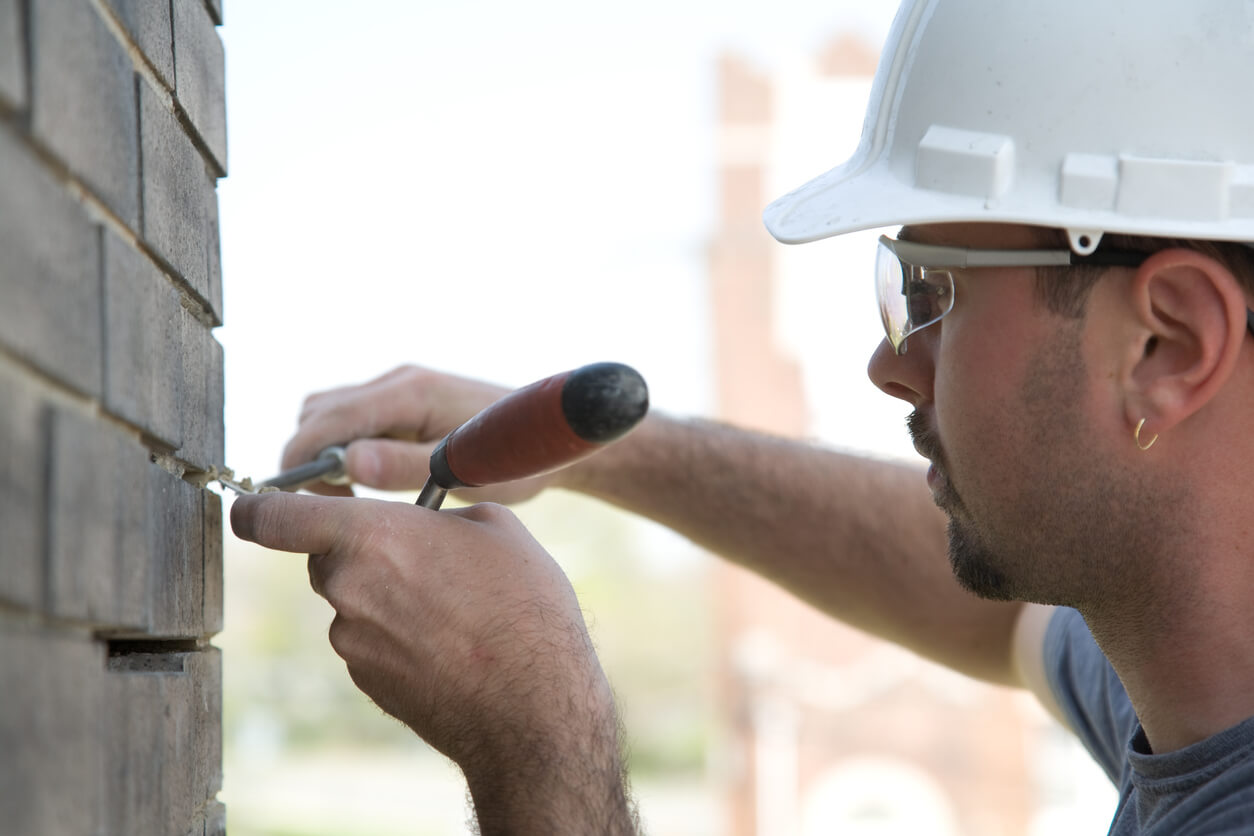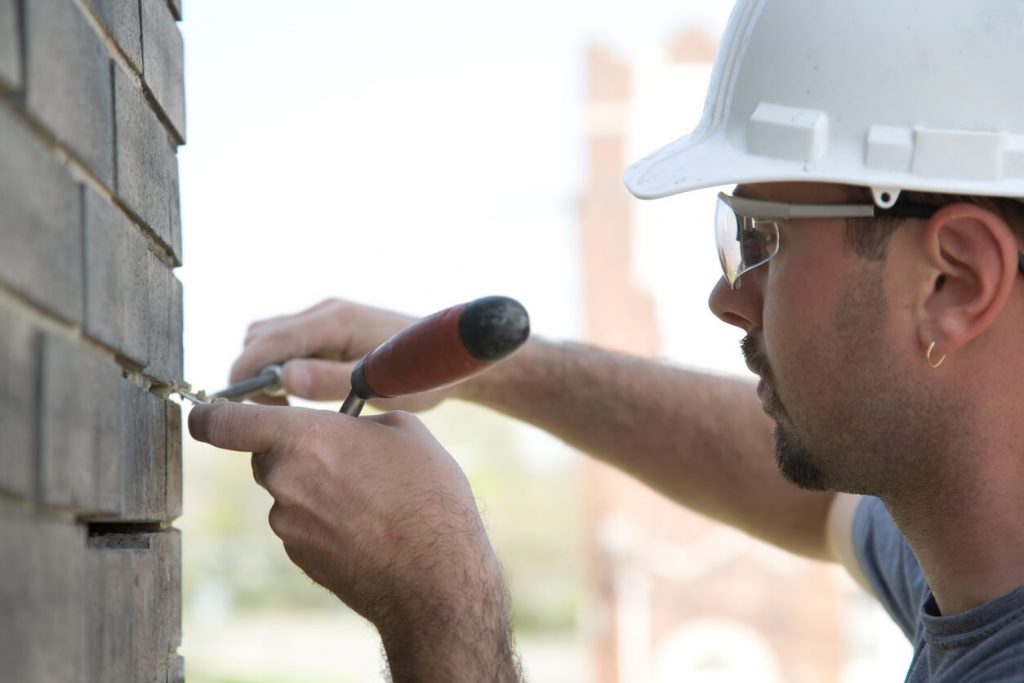
A Guide to Repointing Brickwork And How to Know When it Needs Doing
Published by Hannah King
Posted on 5 February 2020
Repointing brickwork is a job most homeowners come up against when renovating. Not only is it key for improving aesthetic appeal but it can also prevent and resolve internal problems. There are additionally many different types of pointing that can vary in colour and texture. Read on this week to learn more about the appearance of your home’s exterior.
What Does Repointing Brickwork Mean?
Your home is built with stone or brick and will more than likely outlive you. The material, however, that holds things together is not as sturdy and needs regular attention. Mortar is what secures your brickwork and is a thick mixture of water, sand and cement. In the industry, it’s additionally known as pointing and as it ages will need maintaining. Repointing is essentially the practice of filling in or repairing the joints of brickwork. There are also many different types which have a big influence on the overall look of a property.
Types of Brickwork Pointing
A great repointing job should ideally last around 50-60 years and the profile can vary to create a specific effect or depending on the properties actual exposure. For instance, some of the most popular types of profiles include flush, recessed or beaded pointing. Beaded is more rounded which looks fantastic but is easily damaged when compared to the others. Then there’s weather struck, rubbed, penny roll or tuckpointing which gives the impression of very thin joints. Depending on the age of the building and its wall construction, lime or cement mortar is also generally used.
Signs Your Home Will Need Repointing
If you know your home is over sixty years old you should be thinking about the possibility of repointing. It’s also simple to assess by looking at the brickwork – any visible spaces are a big clue. If the mortar can also be scraped away without any effort, it has grown soft and needs replacing. Failing to notice these signs or even putting it off may lead to structural issues down the line.
Tips for Repointing Brickwork
When it comes to repointing it is always best to hire an experienced professional, however, some renovators can’t resist a new challenge and prefer to do this themselves. If this is the case and you plan to repoint, be aware of the risks involved when working at heights. Also, aim to replicate the existing colour and the same texture so you don’t end up with patchy repointing.
Costs to Repoint a House | Get in Touch to Request a Quote
If a DIY job sounds like a nightmare, why not call in a repointing expert? At Kluk Construction, we’re master craftsmen and have worked with many different types of properties. Obviously, the cost of repointing will depend on the size of your home and how much needs doing. It is, however, vital it’s done so you don’t have to deal with any expensive consequences.
For more help and advice on repointing brickwork, please get in touch to discuss a project. Fitting around you and your home, with Kluk Construction you can be sure a repointing job will be done right. Thank you for reading.

Image credit: Elaine Odell from iStock
ADD A COMMENT